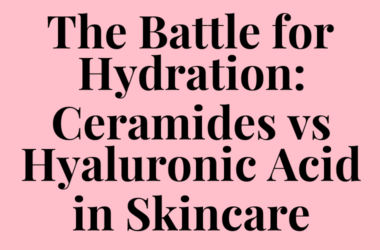Table of Contents
Beyond Melasma: Understanding and Treating Other Types of Hyperpigmentation
Melasma is a common skin condition characterized by dark patches or discoloration on the face, often caused by hormonal fluctuations, sun exposure, and genetics. While melasma is a well-known and widely studied condition, there are many other types of hyperpigmentation that can affect the skin. In this article, we will explore beyond melasma and delve into the understanding and treatment of other types of hyperpigmentation.
What is Hyperpigmentation?
Hyperpigmentation refers to the darkening of the skin due to an excess production of melanin, the pigment responsible for skin color. It can appear as patches, freckles, or discoloration on various parts of the body, including the face, neck, arms, and legs. Hyperpigmentation can be caused by a variety of factors, including genetics, hormonal changes, inflammation, injury, and exposure to environmental stressors such as UV radiation, pollution, and chemical irritants.
Types of Hyperpigmentation
There are several types of hyperpigmentation, each with its own distinct characteristics and causes. Some of the most common types of hyperpigmentation include:
Post-Inflammatory Hyperpigmentation (PIH)
PIH is a type of hyperpigmentation that occurs as a result of inflammation or injury to the skin. It can appear as dark spots or patches on the skin, often as a result of acne, burns, or other skin conditions. PIH can be caused by the production of excess melanin in response to inflammation, leading to the formation of darkened skin.
Solar Lentigines
Solar lentigines, also known as age spots, are small, darkened areas of skin that appear on the face, hands, and arms as a result of sun exposure. They are caused by the accumulation of melanin in response to UV radiation, leading to the formation of darkened skin.
Acral Lentiginous Melanosis
Acral lentiginous melanosis is a condition characterized by the development of darkened skin on the hands and feet. It is often caused by exposure to UV radiation, as well as genetic factors.
Chloasma
Chloasma, also known as liver spots, is a type of hyperpigmentation that appears on the skin as a result of hormonal changes, such as those experienced during pregnancy or menopause. It is caused by the production of excess melanin in response to hormonal fluctuations.
Treatment Options for Hyperpigmentation
There are several treatment options available for hyperpigmentation, depending on the type and severity of the condition. Some of the most common treatment options include:
Cosmetic Procedures
Cosmetic procedures such as chemical peels, microdermabrasion, and laser therapy can help to lighten and even out skin tone, reducing the appearance of hyperpigmentation. These procedures work by exfoliating the skin, removing damaged skin cells, and stimulating collagen production to improve skin texture and tone.
Topical Creams and Serums
Topical creams and serums containing ingredients such as hydroquinone, kojic acid, and retinoids can help to lighten and reduce the appearance of hyperpigmentation. These products work by inhibiting the production of melanin, reducing inflammation, and promoting skin cell turnover.
Oral Medications
Oral medications such as hydroquinone and retinoids can also be used to treat hyperpigmentation. These medications work by inhibiting the production of melanin and promoting skin cell turnover, helping to lighten and even out skin tone.
Conclusion
Hyperpigmentation is a common skin condition that can be caused by a variety of factors, including genetics, hormonal changes, inflammation, and environmental stressors. While melasma is a well-known and widely studied condition, there are many other types of hyperpigmentation that can affect the skin. By understanding the causes and treatment options for hyperpigmentation, individuals can take steps to prevent and treat this condition, improving the overall appearance and health of their skin.
Recommended Products
-
Product on sale
 Arbutin 3X Skin Whitening Collagen Body Cream 250gOriginal price was: KD8.000.KD7.000Current price is: KD7.000.
Arbutin 3X Skin Whitening Collagen Body Cream 250gOriginal price was: KD8.000.KD7.000Current price is: KD7.000. -
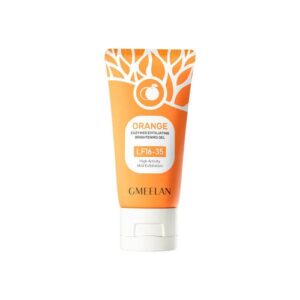 Gmeelan Orange Enzymes Exfoliating Brightening Gel – 50gKD4.500
Gmeelan Orange Enzymes Exfoliating Brightening Gel – 50gKD4.500 -
 Zero Spot Lotion 60ml | Clear & Even SkinKD5.000
Zero Spot Lotion 60ml | Clear & Even SkinKD5.000 -
Product on sale
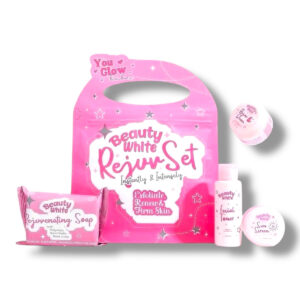 You Glow Babe Beauty White REJUV SETOriginal price was: KD8.000.KD6.000Current price is: KD6.000.
You Glow Babe Beauty White REJUV SETOriginal price was: KD8.000.KD6.000Current price is: KD6.000. -
 Prestige Kagayaku Bleaching Soap 75gKD2.000
Prestige Kagayaku Bleaching Soap 75gKD2.000 -
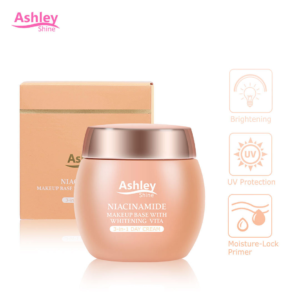 Ashley Shine Niacinamide Whitening 3 in 1 Day Cream – 50gKD4.000
Ashley Shine Niacinamide Whitening 3 in 1 Day Cream – 50gKD4.000 -
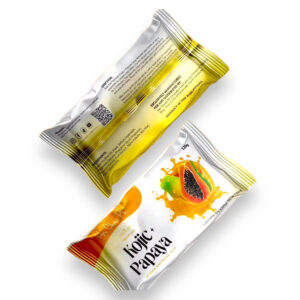 Her Choice Kojic Papaya Soap 120gKD2.500
Her Choice Kojic Papaya Soap 120gKD2.500 -
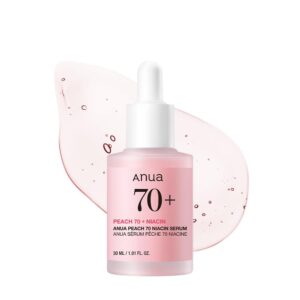 Anua Peach 70 Niacin Serum 30mlKD8.000
Anua Peach 70 Niacin Serum 30mlKD8.000 -
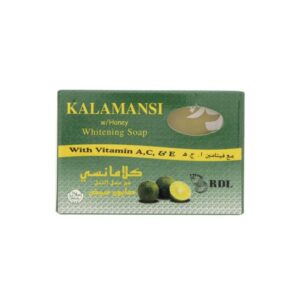 RDL Kalamansi Whitening Soap – 135gKD1.250
RDL Kalamansi Whitening Soap – 135gKD1.250




